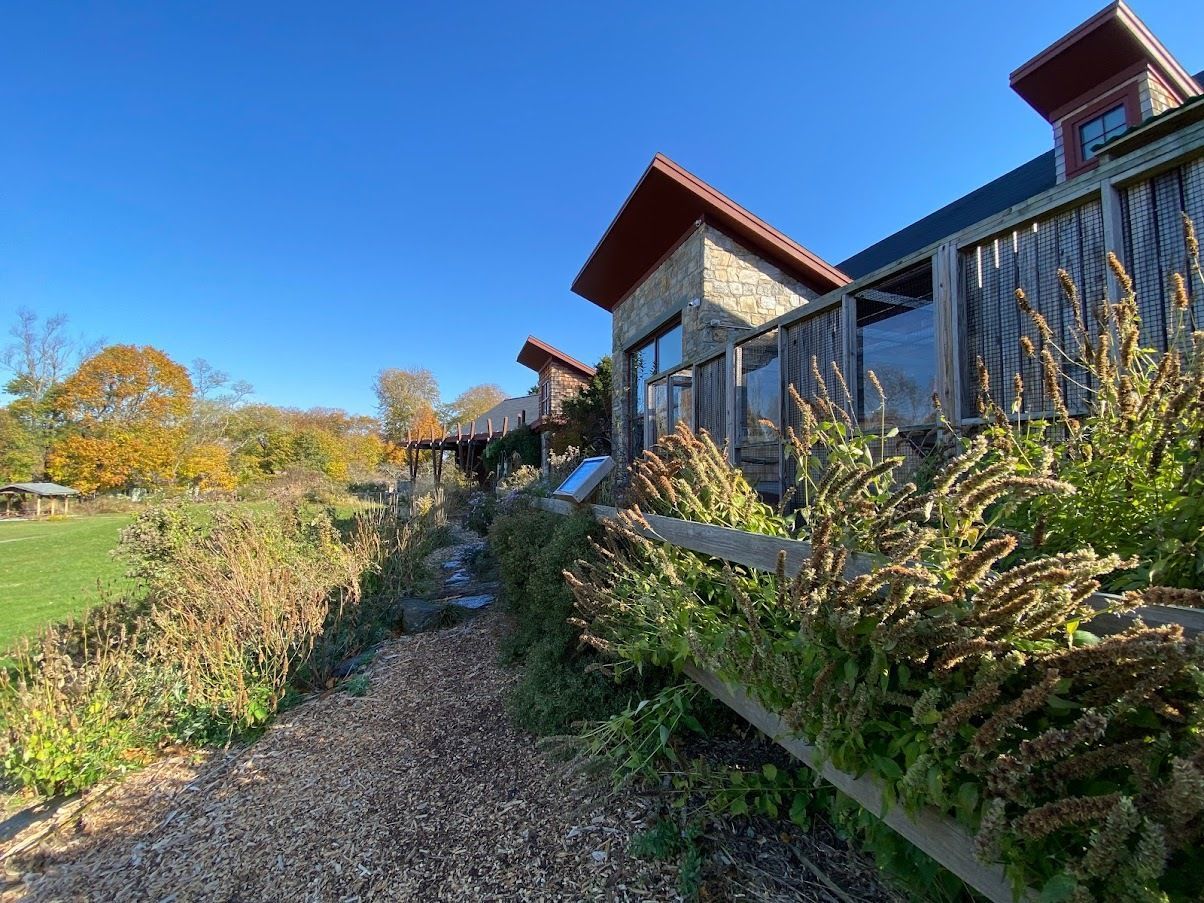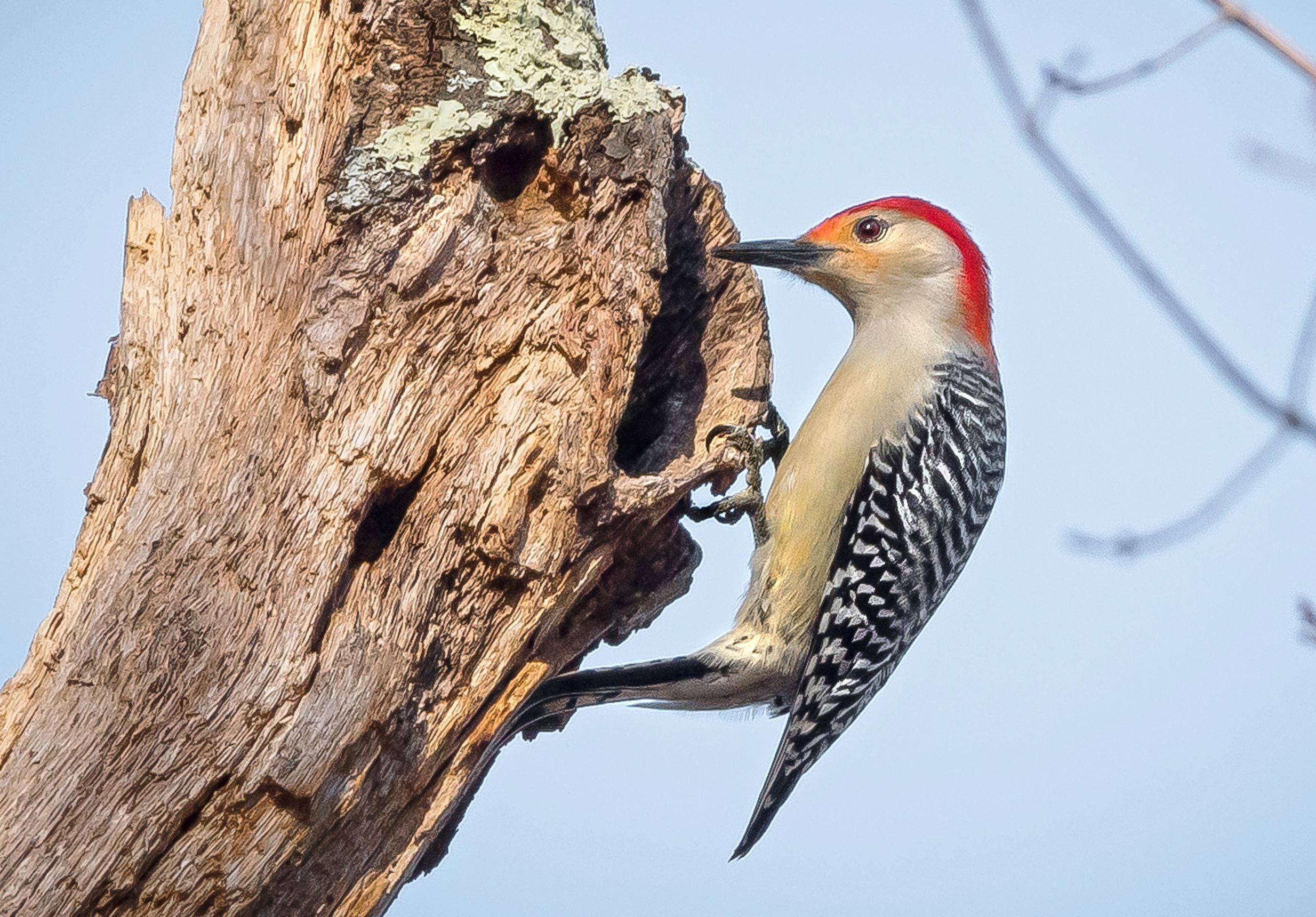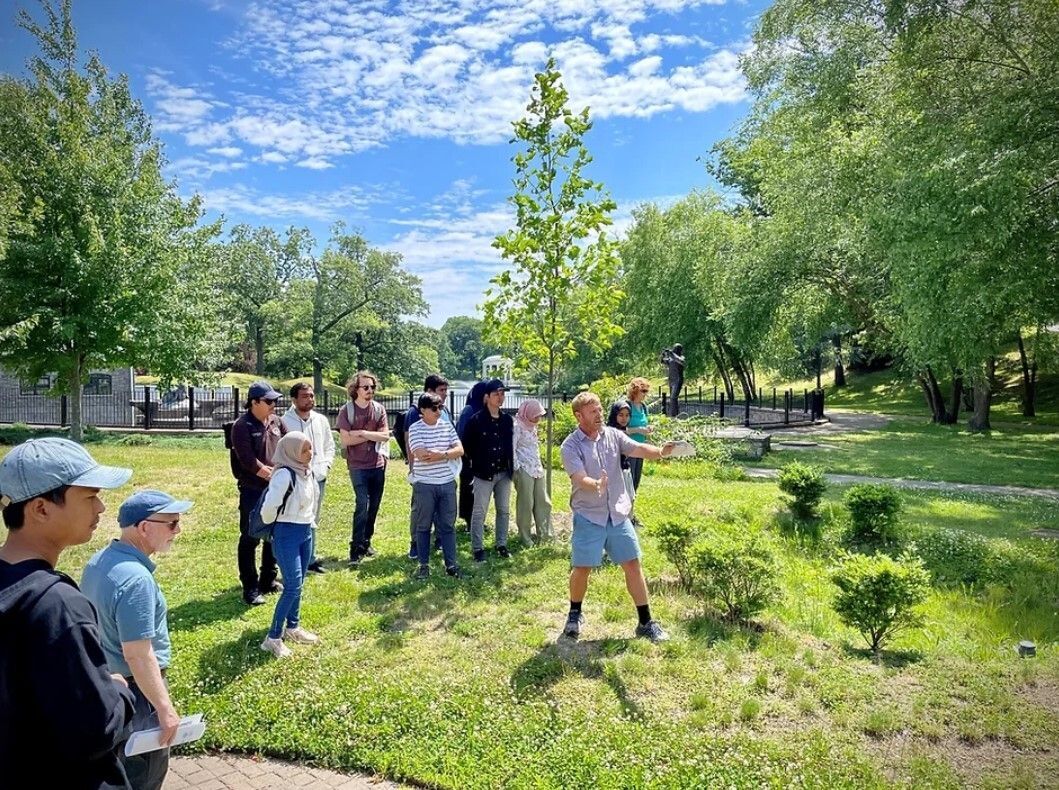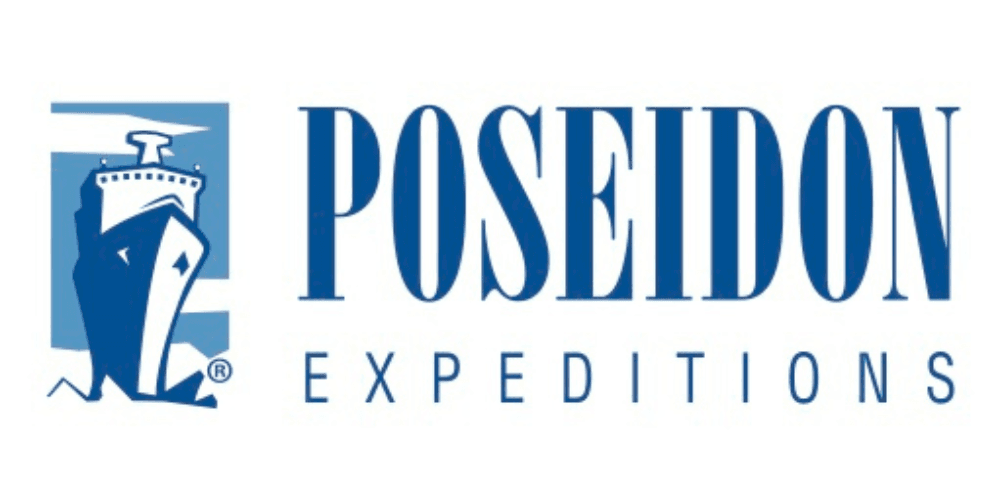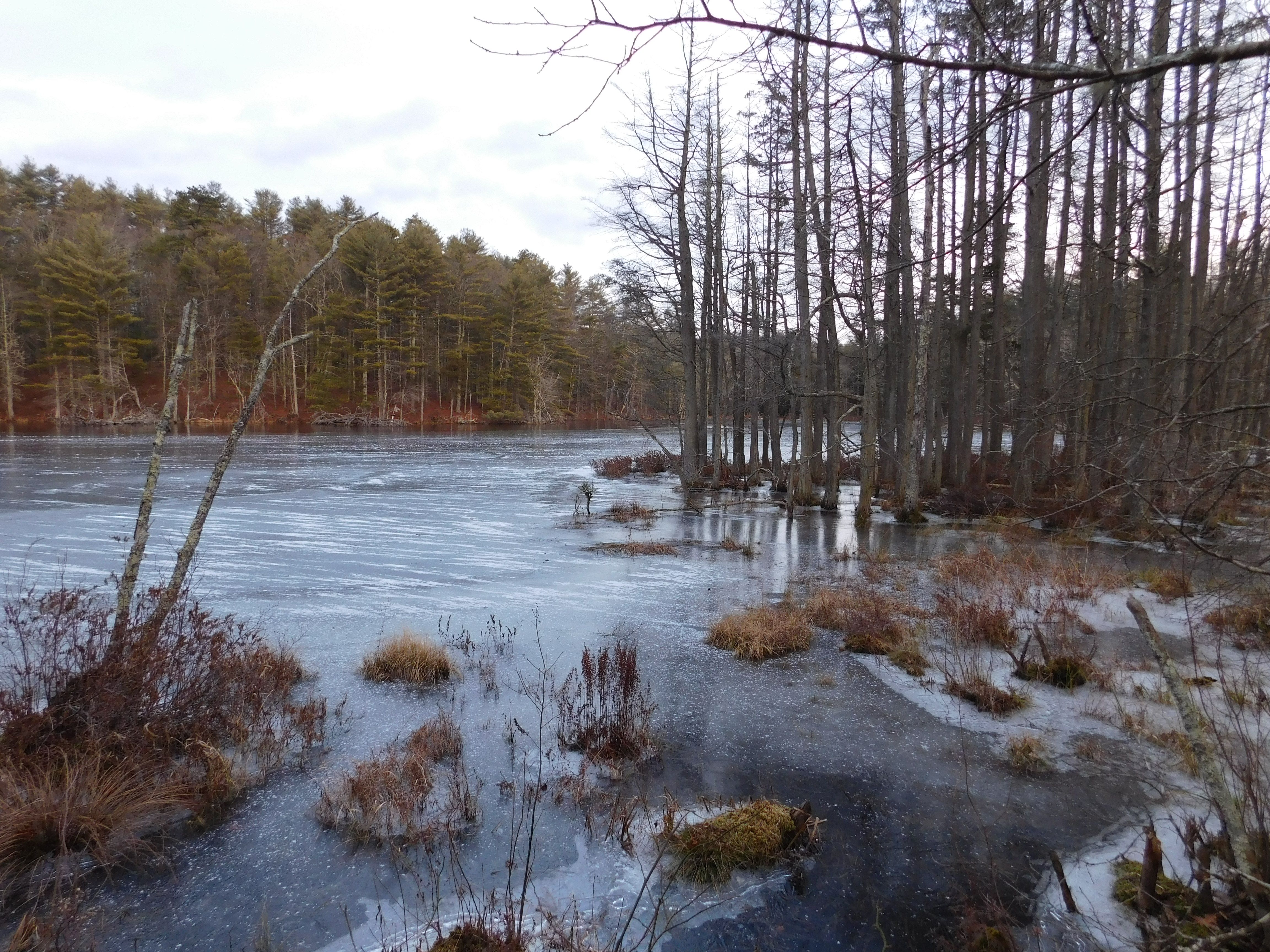
Water Quality and Availability
Rhode Island is blessed with plentiful water resources. The Ocean State has 159 square miles of estuarine waters, 20,749 acres of lakes, ponds and reservoirs and 1,420 miles of rivers and streams. These waterways are connected to over 88,000 acres of freshwater wetlands and 3,630 acres of salt marshes.
Clean and plentiful water are necessary for vibrant natural communities and for human health. Drinking water supply is an essential use of the state’s freshwater and groundwater resources.
The State of Rhode Island Statewide Planning program recently completed a draft plan for water quality in the state, Water 2035. This plan (pg 2-1) identifies the following findings related to water quality and quantity:
· Every river, stream, lake or pond has a definable area within which water flows to it – the “watershed.”
· Despite decades of notable progress in improving water quality conditions, a significant portion of our surface water resources still do not meet water quality standards due to pollution and other stressors.
· Greater progress has been achieved in controlling and abating the impacts of “point sources” – of pollution in comparison to dispersed “non-point” sources of pollution caused by stormwater.
· Activities carried out on land strongly influence water quality and aquatic habitat condition.
· The two most widespread causes of documented water pollution in RI are pathogens and nutrients.
· Invasive species represent a significant threat to lakes, wetlands and coastal habitats.
· RI has over 668 inventoried dams, many of which no longer serve their original purposes such as harnessing power or supporting industrial activity. Unless removed or modified by fish passage structures, dams will continue to interfere with the free passage of various wildlife both upstream and downstream within a river system.
· Climate change is recognized as a threat to all aquatic habitats with salt and brackish marshes, coldwater streams, freshwater marshes, vernal pools among the most vulnerable.

Audubon Advocacy for Water Quality and Availability
Audubon Society of Rhode Island:
· Monitors development proposals in cities and towns throughout Rhode Island and advocates for measures that will ensure that water quality and availability are protected.
· Monitors state laws and regulations. For example, Audubon is following the development of new regulations for wetlands protection under development by RI Department of Environmental Management.
· Is a member of the RI Green Infrastructure Coalition (GIC), advocating for nature based management of storm water to promote climate resilience. One initative of the GIC is promoting sustainable funding for storm water management in Rhode Island’s cities and towns.
· Is a member of the Wood Pawcatuck Wild and Scenic study committee. In December, 2014, the United States Congress passed the Wood-Pawcatuck Watershed Protection Act which requires that the National Parks Service to complete a three year study to assess whether the Wood, Pawcatuck, Beaver, Chipuxet, and Queen Rivers meet the standards to be included in the National Wild and Scenic Rivers System. The Study Committee is charged with identifying the Outstandingly Remarkable Values that make the Beaver, Chipuxet, Queen, Wood, and Pawcatuck Rivers so special and developing a management plan to protect those values.


